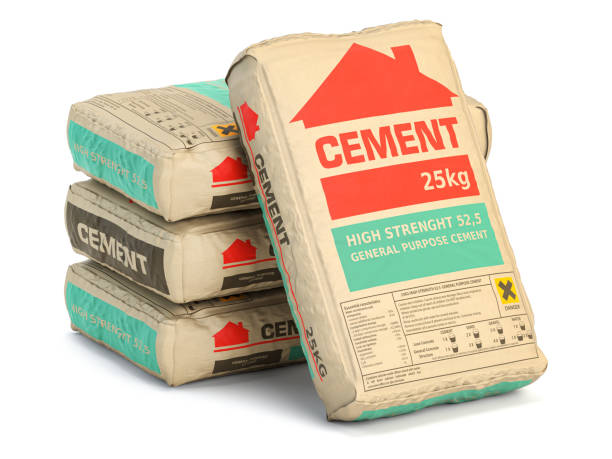The construction industry in Nepal has been booming in recent years, driven by urbanization, infrastructure development, and private housing projects. As a result, cement—the backbone of construction—has seen fluctuating prices due to market dynamics, supply chain challenges, and policy changes. If you’re planning a construction project or tracking industry trends, staying updated on cement prices is crucial. In this blog, we’ll explore the latest cement price trends in Nepal and how platforms like Nepali Cement Chronicles can help you cross-check and verify data.
Current Cement Price Trends in Nepal (2023)
As of mid-2023, cement prices in Nepal have been influenced by several factors:
- Rising Fuel Costs: Increased transportation expenses due to fuel price hikes have pushed up delivery charges.
- Raw Material Imports: Nepal relies heavily on imported clinker (a key cement ingredient), and global price volatility impacts local rates.
- Monsoon Season: Seasonal disruptions in supply chains during rains often lead to temporary price spikes.
- Domestic Demand: High demand in regions like Kathmandu, Pokhara, and Terai has kept prices elevated.
According to industry reports, the average retail price of ordinary Portland cement (OPC) currently ranges between NPR 900–1,100 per 50 kg bag, while Portland Pozzolana Cement (PPC) hovers around NPR 850–1,000 per bag. However, these figures vary by brand, location, and retailer margins.
Why Cross-Checking Prices Matters
Cement prices can differ significantly across regions and sellers. For instance, prices in remote areas might be 10–15% higher than in urban centers due to logistical challenges. Additionally, promotional discounts or bulk purchase offers can temporarily lower rates. To avoid overpaying, buyers should:
- Compare prices from multiple suppliers.
- Monitor seasonal trends (e.g., lower demand post-monsoon).
- Use trusted platforms like Nepali Cement Chronicles for real-time updates.
How to Use Nepali Cement Chronicles for Verification
The Nepali Cement Chronicles website is a valuable resource for builders, contractors, and homeowners. Here’s how it helps:
- Real-Time Updates: Track daily or weekly price changes for major brands like Shivam, Arghakhanchi, and CG.
- Regional Breakdown: Compare prices across provinces to identify cost-effective suppliers.
- Historical Data: Analyze trends to predict future price movements.
- Industry Insights: Stay informed about policy changes, import taxes, or supply chain disruptions affecting costs.
By cross-referencing seller quotes with this platform, you can negotiate better deals and plan budgets accurately.
Tips for Buyers
- Bulk Purchases: Negotiate discounts for orders above 100 bags.
- Local Brands: Consider regional manufacturers like Rolpa Cement or Maruti Cement for competitive pricing.
- Pre-Monsoon Stocking: Prices often rise during monsoons—stock up in advance.
Conclusion
Cement prices in Nepal remain sensitive to both global and local factors. While current rates reflect the challenges of 2023, platforms like Nepali Cement Chronicles empower buyers with the data needed to make informed decisions. Whether you’re renovating a home or managing a large-scale project, cross-checking prices and staying alert to market shifts will ensure cost efficiency.
Pro Tip: Bookmark the Nepali Cement Chronicles website and subscribe to their updates for a hassle-free cement procurement experience!
FAQ
Q: Which cement brand is most affordable in Nepal?
A: Prices vary, but regional brands like Jagdamba and Sarbottam often offer competitive rates.
Q: Do cement prices drop during festivals?
A: Some retailers offer discounts during Dashain or Tihar—keep an eye on promotions!
Q: How often does Nepali Cement Chronicles update its data?
A: The platform refreshes its data weekly, making it a reliable source for recent trends.
Disclaimer: Prices mentioned are indicative. Always verify with local sellers or trusted platforms before purchasing.
For the latest updates, visit Nepali Cement Chronicles and stay ahead in your construction journey! 🏗️


